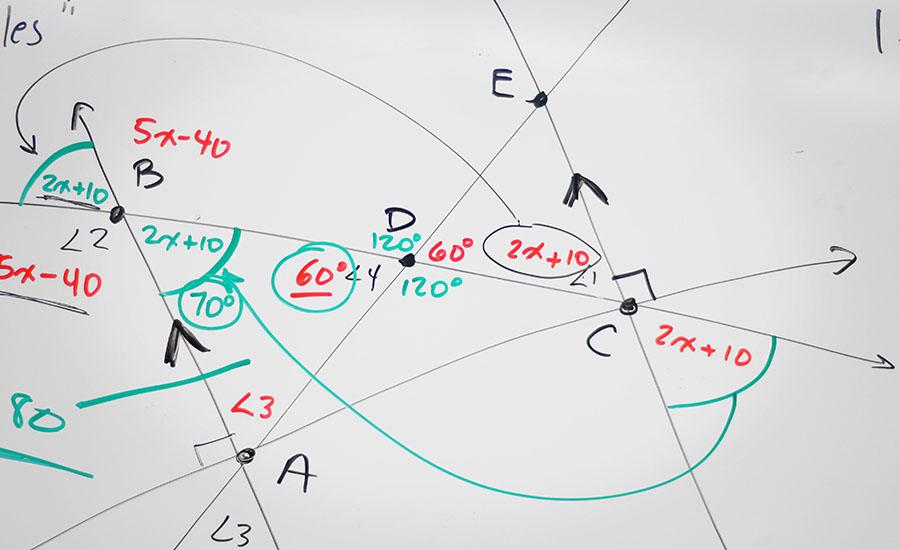
Lesson 2: Erosion Expedition: Uncovering Secrets
This interactive 4th-grade lesson plan focuses on erosion and weathering, key concepts in understanding Earth's geology.
In "Dynamic Earth," students use an interactive simulation to explore how factors like wind, water, and vegetation affect erosion. They further apply math skills in "Erosion Equations" to calculate erosion rates, linking these rates to real-world landscape changes.
The "Erosion Engineers" session is more tactile. Students build sugar cube structures in "Sugar Cube Canyon," observing erosion effects through water spray. This is followed by "Measuring the Changes," where they document the erosion process using digital tools, enhancing their measurement and observation skills.
Formative assessments include activity observations and worksheets, while a project report or presentation serves as a summative assessment. The lesson plan accommodates all learners, offering step-by-step guides and peer support for those who need it, and challenging activities for advanced students. This well-rounded lesson not only educates but also engages students in the dynamic processes shaping our planet.
Lesson Grade Level
4th GradeLesson Plan Link/URL
https://docs.google.com/presentation/d/1AC_ce0zB3OCs2D0jG7Zzteso8Np0wgU2Pfi3Mur…Subject Area
Science Earth and Space Science E1: Earth Systems Technology 1. Empowered Learner 2. Digital Citizen 3. Knowledge Constructor 5. Computational Thinker 6. Creative Communicator Engineering S2: Apply the Engineering Design Process S3: Apply Mathematics to Engineering S4: Apply Science to Engineering Mathematics Number and Operations in Base Ten (NBT) Measurement and Data (MD) English Language Arts (ELA) Writing Speaking & ListeningRelated Content

This 2-Day STEM lesson takes place in a science classroom after students have explored the sun and solar system (including our planet, the moon, and asteroids), and is intended to focus on

SNOW
This lesson includes literacy, math, and art about snowflakes. Within math, students will dive into an analysis of angles within a common snowflake. Students will listen to an informational text about

This lesson takes place in a classroom over two weeks. Students may work in small groups of 2-3. Prior to the robotics challenge, teachers should facilitate student discussion through guided lessons

